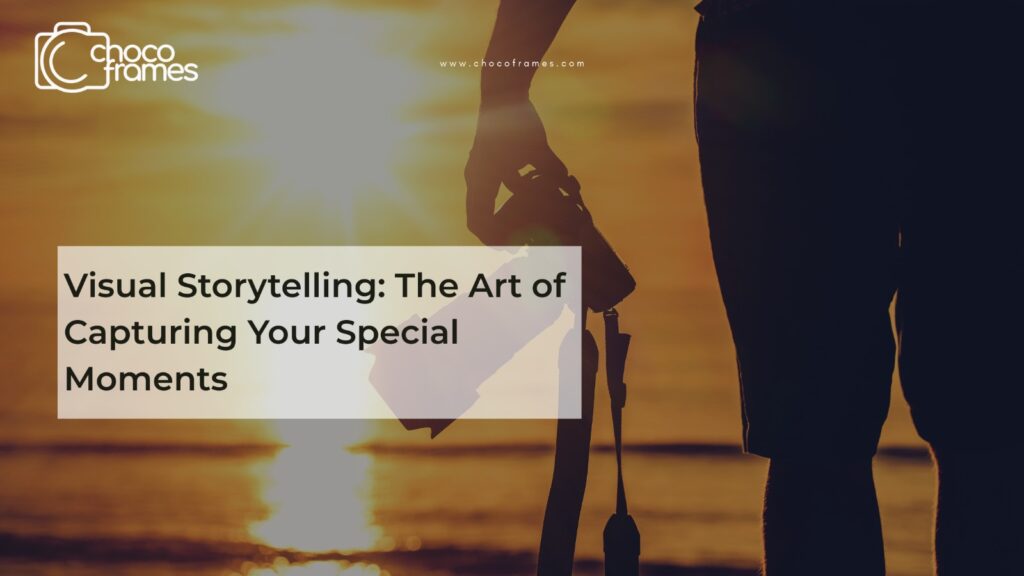Visual Storytelling: The Art of Capturing Your Special Moments
What makes one photograph stand out from the rest in a world flooded with images? It’s not just about perfect lighting or expensive gear — it’s about the story behind the frame. Visual storytelling captures real, emotional, and meaningful moments that speak louder than words.
Every photo transports you — back to a wedding dance, a child’s first steps, a laugh shared with loved ones. But when done with intention, visual storytelling doesn’t just preserve memories. It gives them depth, emotion, and a timeless quality that keeps them alive for years.
Let’s explore what visual storytelling truly means and the various styles photographers use to bring your story to life.
What is Visual Storytelling?
At its core, visual storytelling is using images to communicate a narrative. Rather than simply documenting how things looked, this approach aims to capture how they felt. The excitement in a groom’s eyes, the way sunlight dances through trees during a golden hour picnic, or the quiet bond between a mother and her newborn — these are the moments that make a photograph unforgettable.
A strong visual story invites the viewer into the scene. It doesn’t just show what happened; it makes you feel as if you were there, reliving it all over again.
Why It Matters
When you look back at a photo album, you’re not just revisiting events — you’re reconnecting with the emotions of that time. That’s the magic of good storytelling. Whether it’s an elopement in the hills or a spontaneous beach walk, capturing the soul of the moment is what makes photography powerful.
Years from now, it’s not the perfect pose you’ll remember — the laughter, the hugs, the little moments in between. Visual storytelling ensures those moments are never forgotten.
Types of Visual Storytelling in Photography
Not every story is told the same way. Photographers use different styles to shape how a moment is experienced. Let’s explore the main types of visual storytelling in photography:
1.Documentary Style
This approach focuses on observing genuine moments as they naturally happen — honest, unscripted, and full of emotion. There’s no posing or staging. Photographers often turn to this style for occasions like weddings, public events, or urban scenes where natural interactions tell the strongest stories.
Best for: Capturing real emotions and spontaneous moments
Key trait: Authenticity
2.Lifestyle Storytelling
Lifestyle photography blends candid moments with gentle direction. Think of it as “planned spontaneity.” It’s natural, relaxed, and often shot in meaningful settings like your home, a park, or a favorite café.
Best for: Families, maternity, couple shoots
Key trait: Real but beautifully composed moments
3.Fine Art Storytelling
Here, photography becomes a form of creative expression. Every frame is carefully crafted with props, styling, and lighting to create emotional, often symbolic imagery.
Best for: Editorial shoots, self-portraits, creative portfolios
Key trait: Imaginative and artistic
4.Narrative Series
Instead of a single dramatic photo, a narrative series tells a complete story through multiple images. It’s like a visual short film made up of stills.
Best for: Travel stories, family albums, personal projects
Key trait: A beginning, middle, and end in visual form
5.Environmental Portraits
These portraits focus on people in their natural environment — at work, at home, or in a place they love. The environment plays a key role, offering context that complements and enhances the subject’s story.
Best for: Personal branding, professional shoots
Key trait: Connection between person and place
6.Emotion-Focused Storytelling
Sometimes, the story is all in the face. Close-ups of expressions, tears, laughter, or even a thoughtful gaze can carry tremendous emotional weight.
Best for: Intimate sessions, weddings, newborn photography
Key trait: Powerful emotional depth
7.Thematic or Conceptual Storytelling
This type uses a central theme to connect the visuals. It could be based on a mood, a metaphor, or a storybook idea — turning photography into a visual poem.
Best for: Creative campaigns, children’s shoots, styled sessions
Key trait: Cohesive theme or message
Final Thoughts: Tell Your Story
Whether you’re in front of the camera or behind it, remember: that every photo has the potential to be more than just a picture. It can be a memory, a feeling, or a message that speaks across time.
So next time you plan a photo session, don’t just think about how it will look — think about what you want it to say.
Because at the heart of every great photo… is a great story.
A truly powerful photograph always carries a deeper story within it — one that resonates beyond the frame.
Every moment has a story. Follow Chocoframes to see how we bring yours to life.


